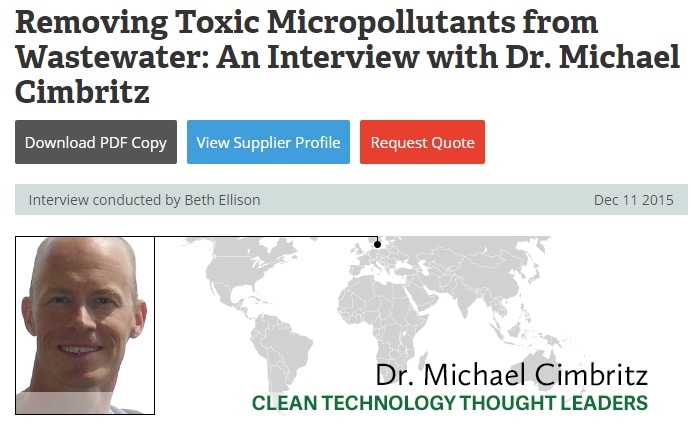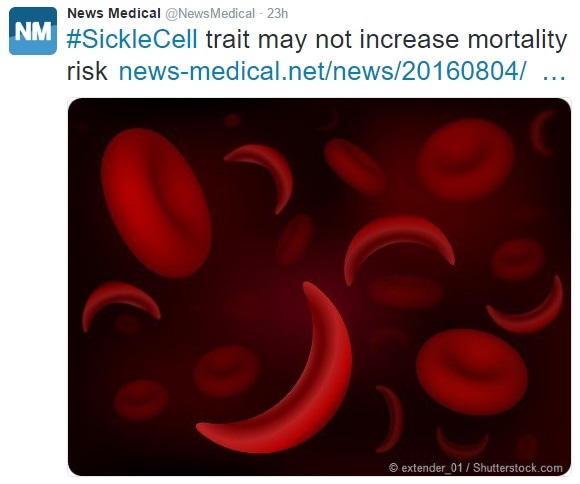
Content marketing is growing. 60% of marketers create at least one piece of content daily. However with 57% of B2B Marketers admitting that their Content Marketing is a “3-Out-of-5” or less, just how engaged is your audience?
Are you in the 57% of B2B marketers who say their content is "3 out of 5" or less?
Creating quality content that engages your audience is difficult, especially in very niche areas of Science, Industry and Research.
Quality web content is clearly worthwhile, with content marketing leaders enjoying nearly 20% higher YOY traffic growth compared to followers. Content costs 62% less than traditional marketing, yet generates 3x the leads.
Still, the majority of B2B marketers aren’t thrilled with their outcomes.
Whether it comes from a lack of clarity about the audience, poor integration of analytics, or a failure to capture expected results, many B2B firms still struggle when it comes to developing a clear, repeatable content strategy.
In scientific enterprises, regular B2B challenges can be compounded. Many brands in the scientific space have been slow to adapt to demands for new marketing approaches that build rapport through long sales cycles.
The core question remains: How can we create engaging content?
What is Engagement? Defining the Goal of Content
What is engagement? A leading content marketer called it “real people responding in measurable ways to your content.” While there are several forms of engagement, reading and sharing your content are key to B2B sales goals — and neither should be taken for granted:
With this in mind, the challenge of content has multiple layers. Content needs to grab attention quickly, but provide enough information of immediate interest to ensure it gets shared with decision-makers.
Let’s look at some keys to effective content:
Provide Value — Answer Customer Questions
One of our most popular searches is "How to Select the Correct Mass Flow Meter for your Application". Not only does this rank very highly within SERPs, this also answers quite a specific question that customers have and generates general awareness for the subject area of mass flow meter.
Think of the last high value purchase you made: A car, a house, a television? Where was the first place you went at the start of the buying process? If you had done absolutely zero research online, you have most likely been living under a rock for the last 20 years.
B2B buyers and ordinary consumers have one big thing in common: When they go online, it’s typically to find answers to pressing questions. About 71% of B2B buyers start with a generic search, seeking basic information to orient themselves. By understanding your audience, you can build a foundation of informative, helpful content around common questions.
Address Prospects’ Key Challenges

As they deepen their perspective on a topic, buyers go from looking for general information on possible solutions to comparing the products or services they’ve found. This “middle of the funnel” content should focus on things like whitepapers, case studies, and product videos that help the prospect understand how your solutions will work in their context.
In this insightful thought leader piece with Dr. Michael Cimbritz of Lund University, we take a look at the sustainability problem: "Removing Toxic Micropollutants from Wastewater"
He highlights the problems caused by pharmaceuticals, metals, endocrine disruptors and biocides in wastewater which then leads to his research and the solutions which have evolved from it.
Toward the end of the interview piece, once the reader is fully engaged, there are calls to action embedded within the content to learn more with related content or visit the client's microsite to delve deeper into the subject area.
Create Research-Focused Content
Thought leadership is a crucial element of marketing for scientific enterprises. Buyers want to see content that delivers logical, data-driven conclusions built on recent statistics. Cite content carefully, allowing social updates and blog posts to signpost the way to longer, “richer” information that demonstrates your expertise. The above example not only addresses prospect's key challenges, but also has huge credibility as it is based on current research.
Remember: Short Social Messages Get Shared...
If you're promoting your content through social media, it’s a good idea to focus on brief, punchy “summary content.”

Social posts with 60 characters or less get 66% more interaction on average. Since responses are most likely to occur within an hour of a new social post, it’s also crucial to determine the best time to post.
Social Media posts are a great way to distribute longer form content in bitesize snippets. Use an interesting fact, statistic or ask a question to hook the reader in. Follow the link for a more in depth look at using Social media in Science and Industry.
... but Long Content Is Shared More Often, Research Suggests
A survey of major media outlets demonstrated that long-form content is most likely to be shared by readers, with New York Times articles of over 2,000 words being some of the most-shared content. For scientific businesses, there’s no conflict between this and the point above: Develop lengthy, substantial thought leadership content, but share it in few words.
Publish Once, Distribute Many Times
In summary, we work to the mantra of publishing quality content once and maximizing the value of that content by re-packaging and re-distributing it in a variety of formats.
Today's scientific enterprises need content marketing to compete. By packaging your knowledge in unique, compelling ways focused on your audience, you can capture more traffic and high-quality leads.